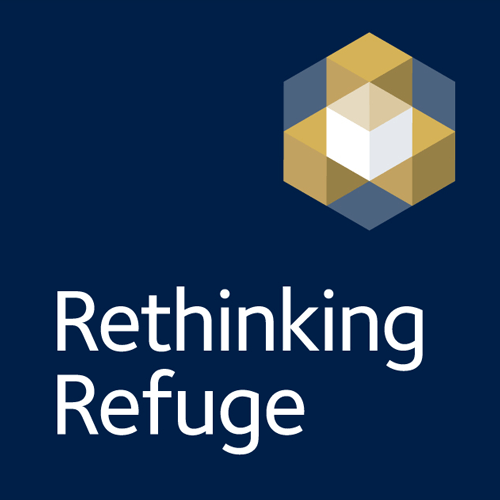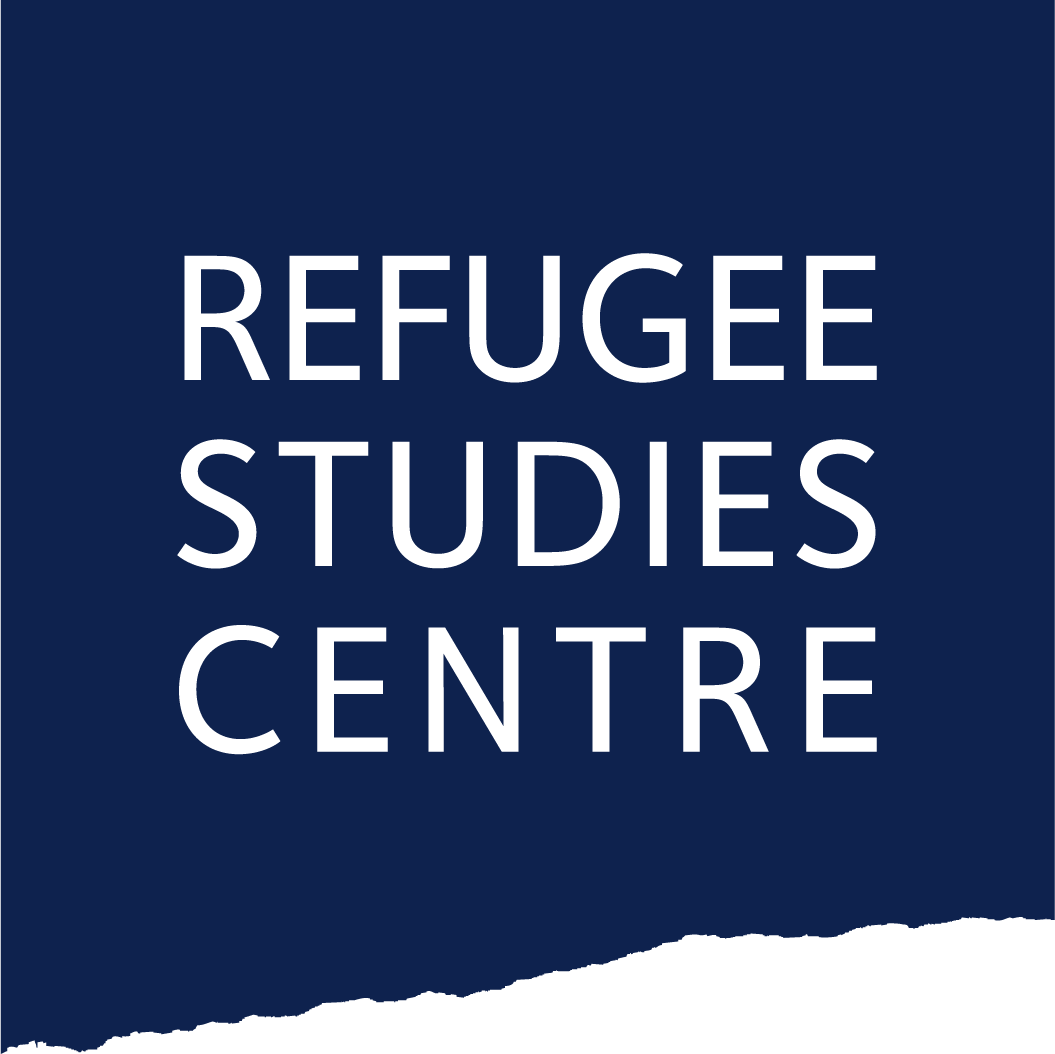
Rethinking Voluntary Returns from North Africa
Over the last few years, sub-Saharan migrants trying to reach Europe have been subject to mistreatment in North Africa. In Libya, Algeria, Morocco, and Niger, migrants have been abused, and sometimes even tortured, in detention centres and at border points. They have also been the victims of forced labour by various groups, as well as sometimes abandoned in the Sahara. This situation has led many migrants to return to their home country, sometimes assisted by international ‘humanitarian’ return programmes. However, these programmes appear unlikely to lead to safer migration in the future. Indeed, my recent ethnographic research with returnees in Senegal demonstrates the need to rethink assumptions about ‘voluntary returns’.
Returns have typically been undertaken through the International Organization for Migration (IOM) Assisted Voluntary Return programmes. Between 2017 and 2018, 5,300 migrants came back to Senegal via this mechanism from Libya, Niger, Morocco, and Mali. However, given the context in which migrants make the ‘decision’ to go back, the voluntary nature of these homecomings has been challenged. Besides returns themselves, the IOM has organised – with European funding – ‘transit centres’ in Niger to temporarily accommodate and provide assistance to those opting for ‘voluntary return’, awareness-raising for migrants en route, as well as psychological support for returnees back home.
Assumptions and claims have been made by European states and the IOM regarding Assisted Voluntary Return, transit centres, and awareness-raising on migration paths. These activities have been framed in humanitarian terms as ‘protecting’ migrants and ‘saving lives’. Simultaneously, it has been assumed that migrants initially leave in ignorance of the dangers of the journey, and that the atrocities returnees were subjected to while travelling will deter them from leaving again. In short, it is assumed that the risk of further mistreatment, together with ‘reintegration’ programmes funded by European states, involving local governments and planned to follow IOM Assisted Voluntary Returns, will convince them to remain in their country of origin. Or alternatively, if they are not convinced to stay put, it is claimed that returnees will at least decide to leave ‘regularly’ (i.e. with a visa), which will eventually lead to safer migration.
However, my research found that many migrants returned from North Africa themselves, and at their own cost, without support from the IOM. Subject to ill-treatment and unable to pursue their journey, these migrants were indeed forced to come back. The existence of self-organised returns underlines the gravity of the abuses towards migrants in the region.

Photo: A view of Dakar, Senegal. Credit: Jeff Attaway (CC BY 2.0)
Once back in Senegal the overwhelming majority of research participants did not find, nor did they know how to access, a ‘reintegration’ project, similar to returnees in other contexts. Returnees thus returned to their previous income-generating activity. Despite the abuses endured en route, plans for re-migration were nevertheless formed – instead of these migrants deciding to stay put. Returnees wanted to leave by plane with a visa on their next attempt; however, travelling in this way is unrealistic as obtaining a European visa in Senegal through a middleman, together with a plane ticket, amounts to about CFA 3 million (£4,000). Some of the returnees who had come back from Libya thus talked of trying their luck via Morocco. In fact, although ‘reintegration’ projects were requested by returnees, aspirations and ideals to go to Europe seemed to be stronger than anything these projects might offer. My interlocutors also considered risk-taking as integral to migration. Under these circumstances, they displayed perseverance and hope in finally reaching Europe.
One of the implications of these findings is that new dangerous routes are likely to be taken by many returnees in the future, due in part to the lack of legal channels available. Indeed, with the development of new routes, unscrupulous individuals ready to make a trade out of migration are likely to target travellers. In parallel, European states are likely to apply more pressure on their north-African counterparts to prevent arrivals into Europe, with the risk that migrants will continue to be detained and mistreated as part of international ‘efforts’ to ‘manage migration’. This in turn creates the need for more so-called ‘humanitarian’ activities, such as IOM-assisted returns, transit centres, and so on.
The multiplication of such activities might protect migrants en route and save lives, but will they in themselves make migration safer? Making migration safer would entail, for instance, facilitating visa applications to allow documents to be obtained without a broker. Also, and importantly, it would involve preventing mistreatment towards migrants en route. In a context where abuses to some extent function as a deterrence measure, and where acts of violence towards migrants allow for the expansion of IOM ‘humanitarian’ activities, will European states and the IOM tackle this issue? If European states and the IOM are serious about implementing humanitarian programmes and policies, addressing the effects of the externalisation of European border control on the human rights and security of migrants in North Africa is a crucial place to start.






